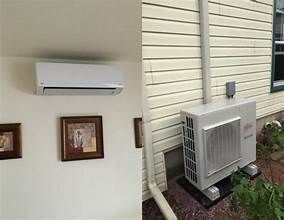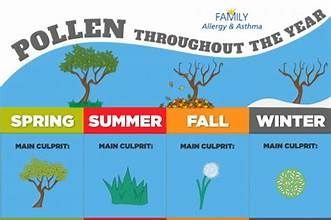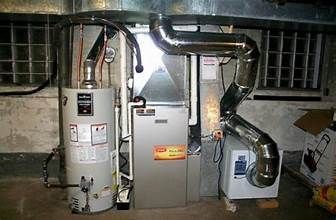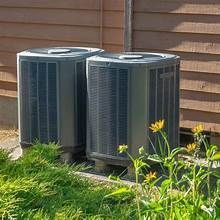Blog
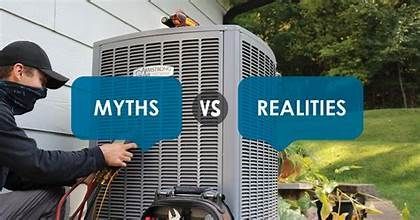
By Brandi CityVentilations
•
June 5, 2025
1. MYTH: You Only Need to Change Your Filter Once a Year Reality: Your filter should typically be changed every 1–3 months. Dirty filters restrict airflow, reduce efficiency, and strain your HVAC system. If you have pets, allergies, or a busy household, you may need to change it more often. A clean filter helps your system run smoother, keeps your indoor air cleaner, and can lower energy bills. 2. MYTH: Closing Vents in Unused Rooms Saves Energy Reality: This can actually increase your energy usage and damage your HVAC system. HVAC systems are designed for balanced airflow. Closing vents throws off that balance, increasing pressure in the ducts and forcing your system to work harder. This can lead to leaks, inefficient performance, and higher energy costs. 3. MYTH: Bigger HVAC Systems Are Always Better Reality: Oversized systems cycle on and off more frequently, wasting energy and wearing out faster. An HVAC system should be properly sized for your home. Too large, and it won’t run long enough to remove humidity; too small, and it can’t keep up. Either way, comfort and efficiency suffer. A professional load calculation ensures the right fit. 4. MYTH: You Don’t Need Annual Maintenance if Your System Is Working Fine Reality: Skipping maintenance is like skipping oil changes—eventually, it’ll catch up with you. Preventive maintenance helps avoid costly repairs, improves energy efficiency, and extends your system’s life. During a tune-up, technicians clean components, check for wear, and spot problems before they turn into emergencies. 5. MYTH: Turning the Thermostat Way Down Cools the House Faster Reality: HVAC systems work at the same speed, regardless of the temperature setting. Cranking your thermostat down to 60°F won’t cool your home faster—it just keeps the system running longer than needed. The best approach? Set a reasonable temperature (like 74°F in summer) and let the system do its job. Final Thoughts HVAC systems are complex, and it’s easy to fall for common myths. Staying informed can help you make smarter decisions, save money, and keep your home comfortable year-round.
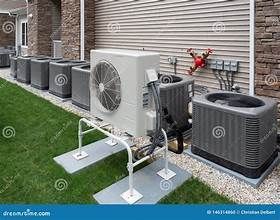
By Brandi CityVentilations
•
June 2, 2025
When it comes to cooling your home efficiently, two of the most common options are central air conditioning systems and ductless mini-splits. Both offer reliable cooling, but they differ in design, cost, and flexibility. In this post, we’ll break down the key differences to help you decide which one is right for your home. ❄️ What Is Central Air? Central air conditioning is the traditional system most people are familiar with. It uses a single outdoor unit and an indoor air handler, distributing cool air through a system of ductwork. Pros: Cools the entire home evenly Can work with your existing furnace/duct system Virtually invisible (just vents in each room) Cons: Requires ductwork, which can be costly to install or repair Less efficient in homes with poor insulation or air leaks May not be ideal for zoning (cooling different rooms at different temperatures) 🌬️ What Is a Ductless System? Also known as mini-split systems, ductless HVAC doesn’t require ductwork. Instead, it uses one outdoor unit connected to one or more indoor wall-mounted units. Pros: No ductwork needed – great for older homes or room additions Energy efficient (no energy loss through ducts) Flexible zoning – control the temperature of each room independently Quick installation Cons: Indoor units are visible on walls More expensive per unit compared to central air May not be ideal for very large homes (cost adds up per room) 🏠 Which One Should You Choose? Here’s a quick guide based on your situation: Situation Best Option You already have ductwork Central Air No ducts or planning a renovation Ductless Want separate zones/room control Ductless Cooling a whole home evenly Central Air Adding AC to a garage, sunroom, or addition Ductless 💡 Final Thoughts There’s no one-size-fits-all solution. Central air is great for whole-home cooling if ducts are already in place. Ductless systems shine when you want zoning, flexibility, and efficiency—especially in homes without existing ducts.

